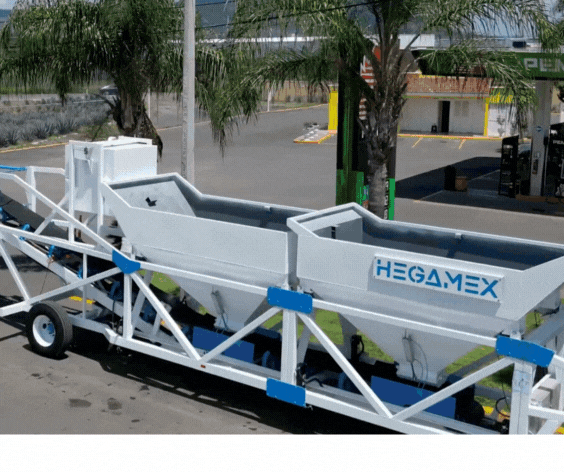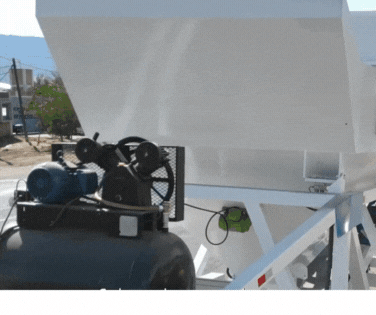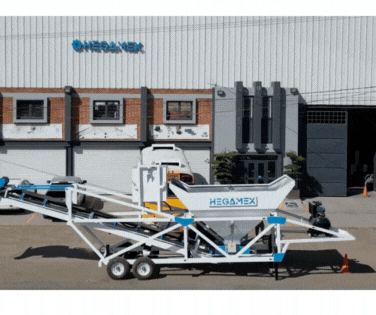Components of a Concrete Batching Plant
- Adriana Barragán González
- Apr 16
- 3 min read
In the construction industry, a concrete batching plant plays a fundamental role in the efficient and precise production of concrete. To ensure optimal performance, it is essential to understand each of its key components. In this blog post, we will explore in detail the main elements that make up a batching plant, highlighting their functions and benefits.
What Is a Concrete Batching Plant?
A concrete batching plant is a facility designed to accurately measure and combine the ingredients of concrete: cement, aggregates, water, and admixtures. Its main objective is to ensure a homogeneous and high-quality mix in every batch, while optimizing production time and costs.

Advantages of Knowing the Components
Operational Efficiency: Identify potential failures in advance.
Preventive Maintenance: Extends the lifespan of the equipment.
Consistent Production: Ensures concrete quality.
Main Components of a Concrete Batching Plant
1. Trough Belt Conveyor
The trough belt is a transport system that facilitates the movement of materials such as sand, gravel, and cement. Its "V" shape design improves load capacity and prevents material spillage during transport. Additionally, its strength and durability allow for continuous use in demanding environments.
2. Water Tank with Weighing System
This component is essential to ensure accurate concrete mixing. The water tank with a weighing system measures the exact amount of water needed for each concrete batch, guaranteeing the quality and strength of the final product.
3. Air Compressor
The compressor provides the pneumatic energy required to operate various mechanisms within the plant. It is fundamental for actuating valves and cleaning pipelines.
4. Vibrator
The vibrator is used to ensure a continuous flow of materials in the hoppers and prevent blockages. This component improves operational efficiency and reduces downtime.
5. Leveling Jacks
To maintain the stability and safety of the batching plant, leveling jacks are essential. These adjustable devices allow the structure to be leveled on uneven terrain.
6. S-Type Load Cells
S-type load cells are high-precision sensors that measure the weight of materials used in the concrete mix. This ensures accuracy in the dosing of each component.
7. Power Cabinet
The power cabinet controls and distributes electrical energy throughout the batching plant. Its robust design protects electrical components and ensures safe operation.
8. Pneumatic Cabinets
These cabinets house the pneumatic systems responsible for operating valves, gates, and other mechanisms. Proper installation and maintenance are key to the plant's efficiency.
9. Pneumatic Bag
The pneumatic bag is used to cushion vibrations and ensure a steady flow of materials through conveyor belts and hoppers.
10. Fall Arrest Device
The fall arrest device is a safety mechanism that prevents uncontrolled movement of materials or equipment, protecting both workers and machinery.
Maintenance Tips for a Concrete Batching Plant
Constant Cleaning: Keep vibrators and hoppers clean at all times.
Consumption Monitoring: Check energy consumption in the power cabinet.
Safety Checks: Regularly inspect fall arrest devices and leveling systems.
Each component of a concrete batching plant plays a specific role that contributes to the efficient and accurate production of concrete. Understanding how these components operate and how to maintain them properly can optimize plant performance and extend its service life.
At HEGAMEX, we are experts in solutions for the concrete industry. Contact us to learn more about our batching plants and find the best option for your project.
"At HEGAMEX, we are experts in solutions for the concrete industry."
Components of a Batching Plant







Comments